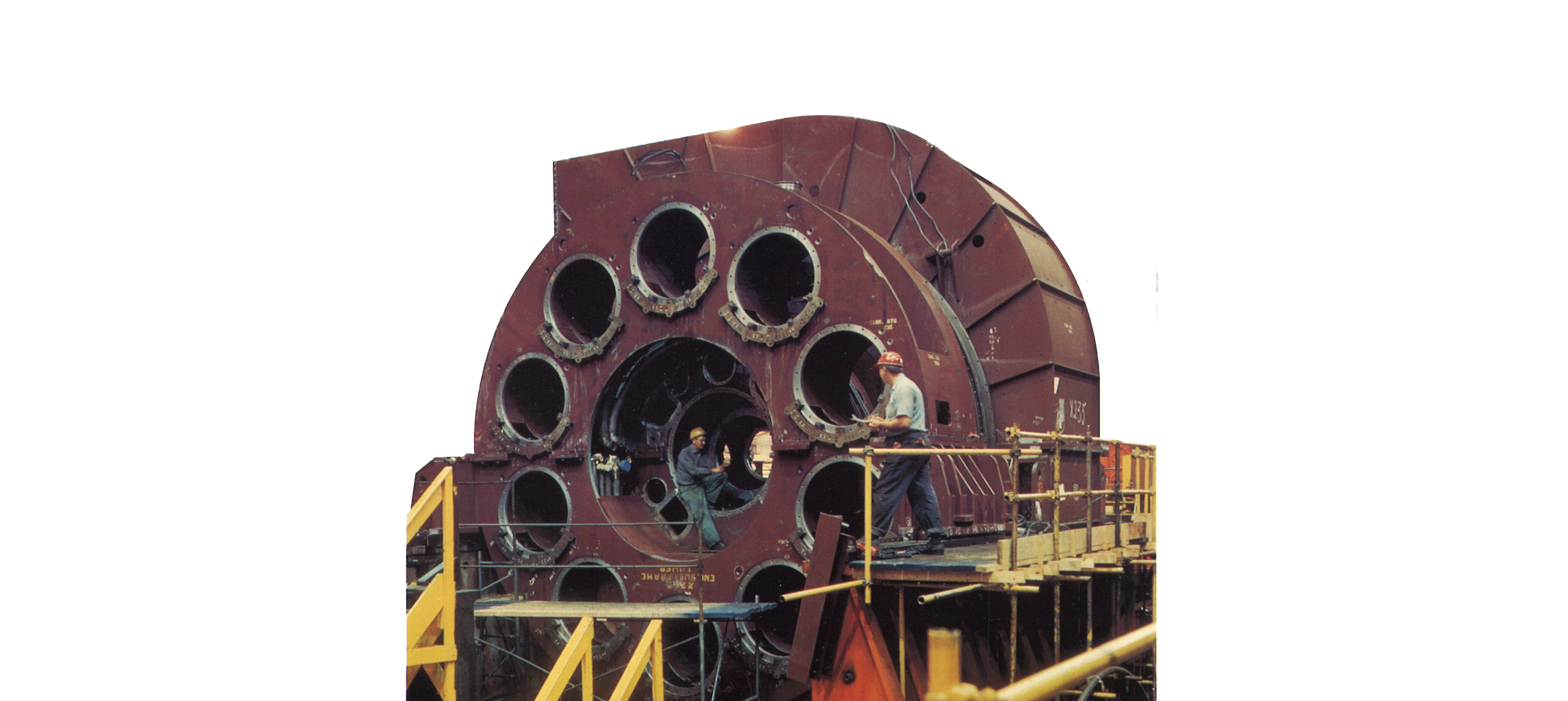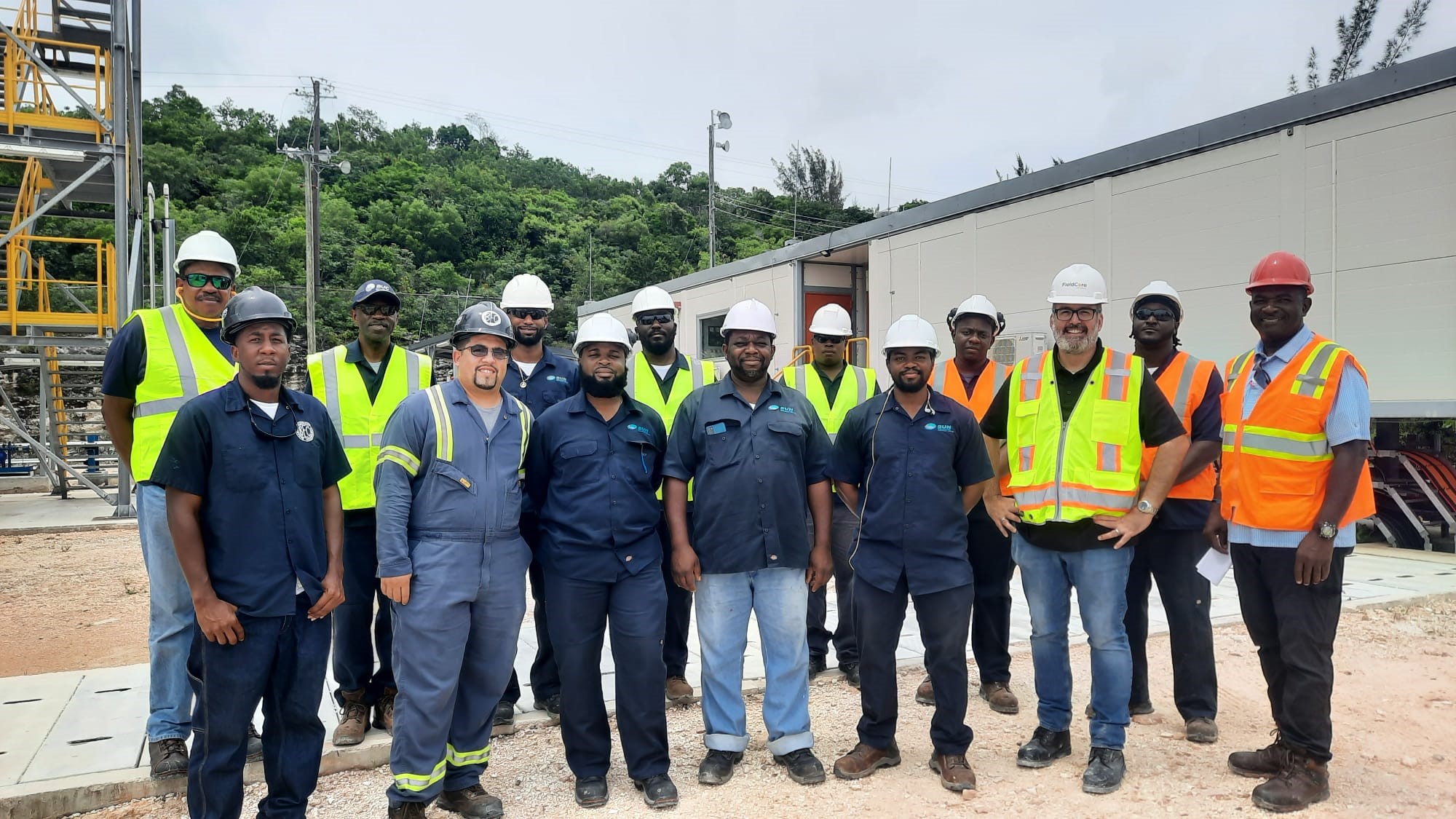People Depend on You. You Can Depend on Us.
Field Services Reengineered
We are a global, industrial field services team with offices on five continents, operating all around the globe. From the front lines to the back offices, our diverse workforce with nearly 10,000 employees provides regional solutions with global standards and expertise.
Carrying on a 130-Year Legacy
We are proud to continue GE’s tradition of field service excellence of maintaining and upgrading power generation equipment. From the establishment of Edison General Electric Company in 1890 to today, our technical experts have pushed the boundaries of innovation and optimization of field services experience. Today, we remain committed to advancing this story and taking the results further than they’ve ever gone.

Our Passion Doesn’t Stop in the Field. We Bring It to Our Communities Too.
We invest in the next generation through STEM educational partnerships.
We encourage our employees to bring their whole selves to work.
We offer a number of opportunities to join Employee Resource Groups and other diverse communities.
Read Our Latest Stories
We are honored to serve the needs of our customers and communities. Our teams across the globe share a passion for fieldwork, modern technology, global outreach and customer satisfaction. Their commitment and rigor enable us to share with you these stories of success and dedication.


